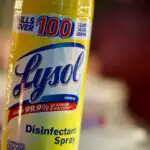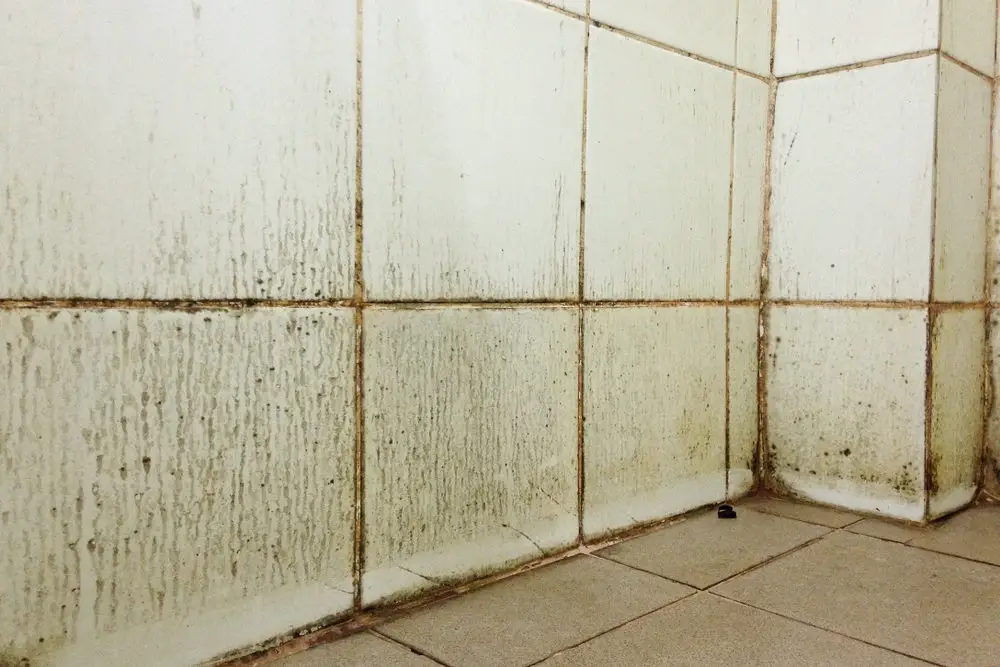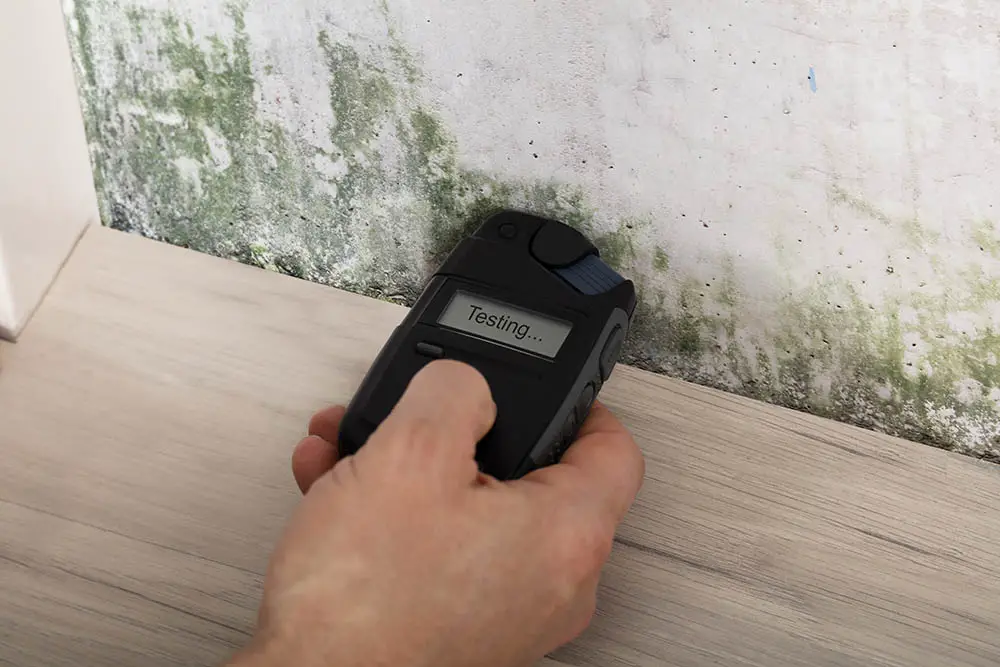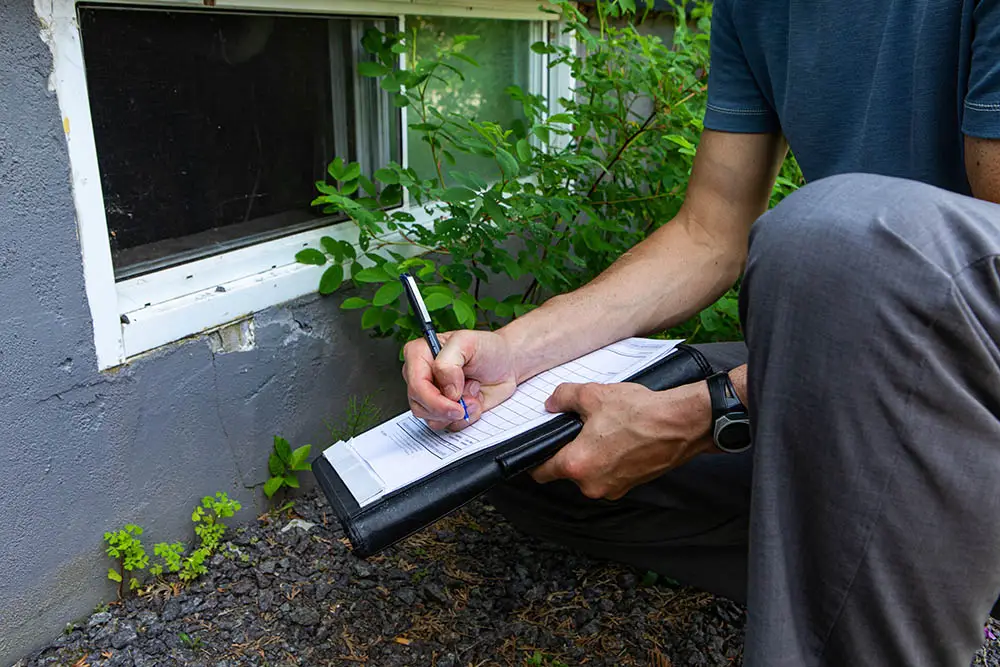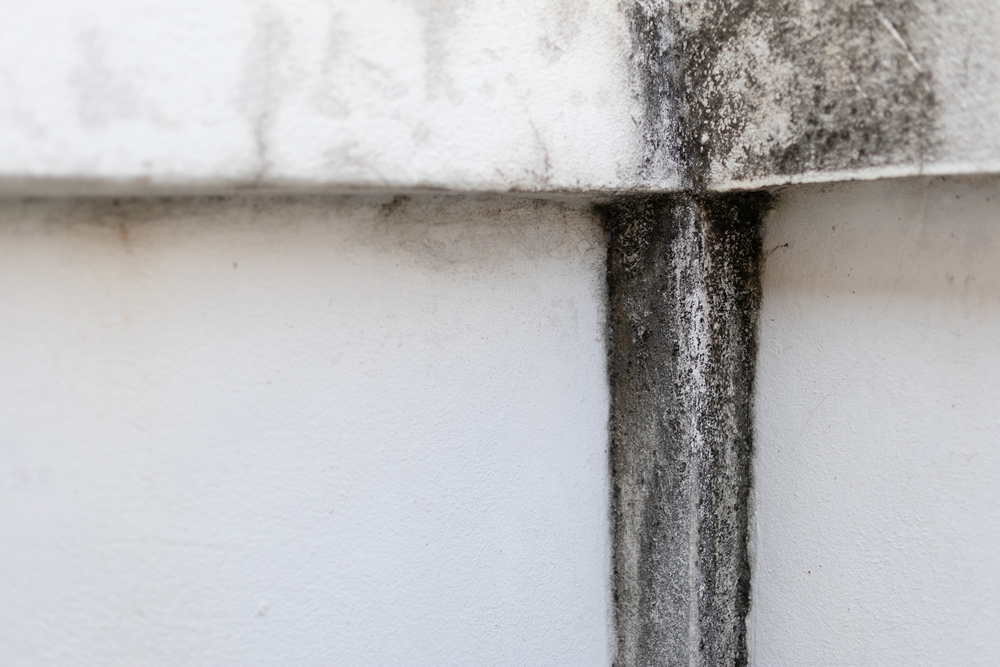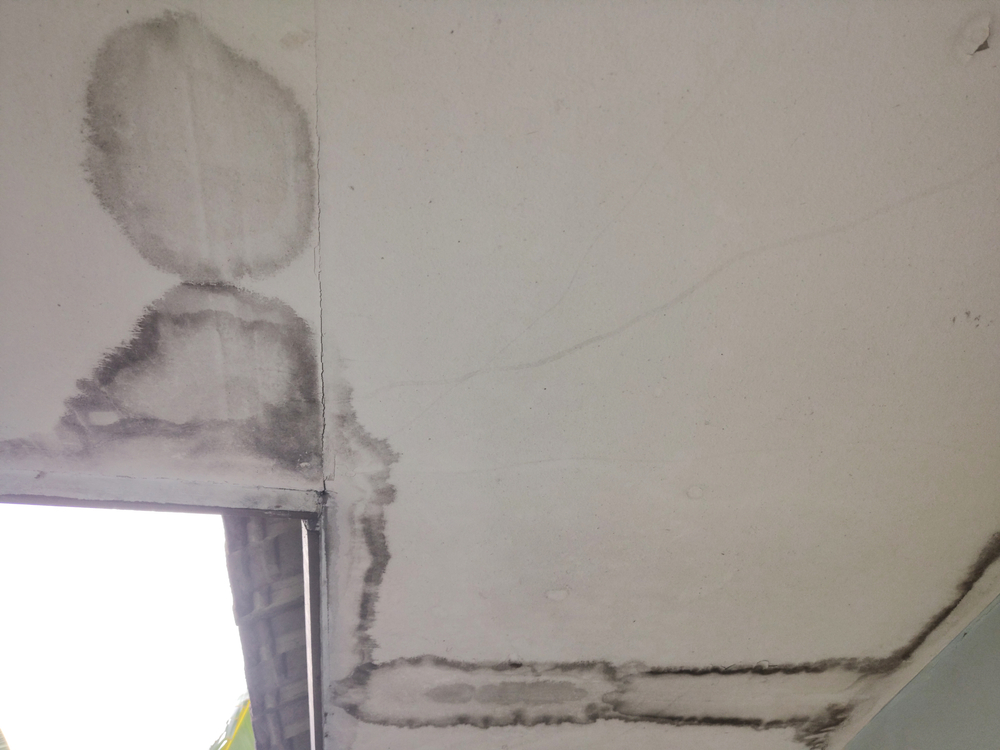Mold growth is a common issue in homes and can have adverse effects on both health and property. Many homeowners wonder if heat can be used as a remedy to eliminate mold. While heat can indeed affect mold, its effectiveness depends on several factors. In this article, we will explore the question: Does heat kill mold?
Understanding Mold Growth
Before delving into the effects of heat on mold, it’s important to grasp how mold grows and thrives. Mold requires three main components for growth: moisture, a suitable substrate (such as organic materials), and an appropriate temperature range. Mold tends to proliferate in environments with temperatures between 77°F (25°C) and 88°F (31°C).
The Impact of High Temperatures
Heat can play a role in inhibiting mold growth and even killing mold to some extent. Mold is a living organism, and like most organisms, its growth is influenced by temperature. When exposed to higher temperatures, mold metabolism and reproduction slow down. This is why you might notice mold growth is less prevalent in warmer summer months than in cooler ones.
Threshold for Killing Mold
While high temperatures can hinder mold growth, whether heat kills mold depends on the specific temperature range and the duration of exposure. The temperature required to effectively kill mold is generally considered to be above 140°F (60°C). This temperature range is beyond what most homes can naturally achieve without specialized equipment.
Effect on Different Types of Mold
It’s important to note that different types of mold have varying tolerances to heat. Some molds are more resistant and might survive exposure to temperatures that would eliminate others. Heat sensitivity also depends on the stage of mold growth, as mature spores might withstand higher temperatures compared to young, actively growing mold.
Moisture Content Consideration
Another significant factor in determining the impact of heat on mold is moisture content. Mold spores require moisture to remain active and capable of growth. If the environment is dry, even exposure to high temperatures might not be enough to effectively kill the mold. This is why comprehensive mold control involves addressing moisture issues as a primary step.
Professional Mold Remediation
While heat can be a part of mold control strategies, relying solely on heat to eliminate mold is not recommended. Effective mold remediation involves a multi-faceted approach that includes identifying and eliminating moisture sources, thorough cleaning, and proper disposal of contaminated materials. Professionals with experience in mold remediation can provide guidance on the most suitable methods for your specific situation.
Conclusion
In conclusion, heat can slow down mold growth and have some impact on mold viability. However, the effectiveness of heat in killing mold depends on various factors, including the type of mold, moisture content, temperature levels, and duration of exposure. While heat can be a useful tool in mold prevention and control, it’s crucial to address the underlying issues that promote mold growth, such as moisture accumulation, poor ventilation, and suitable substrates. Relying solely on heat might not fully eliminate the mold problem.
If you’re dealing with a mold issue, consulting with mold remediation professionals is recommended. They can assess the extent of the problem, determine the most appropriate remediation methods, and ensure a safe and effective removal process. Remember that a comprehensive approach that combines moisture control, cleaning, and proper ventilation is essential for successful mold management.

